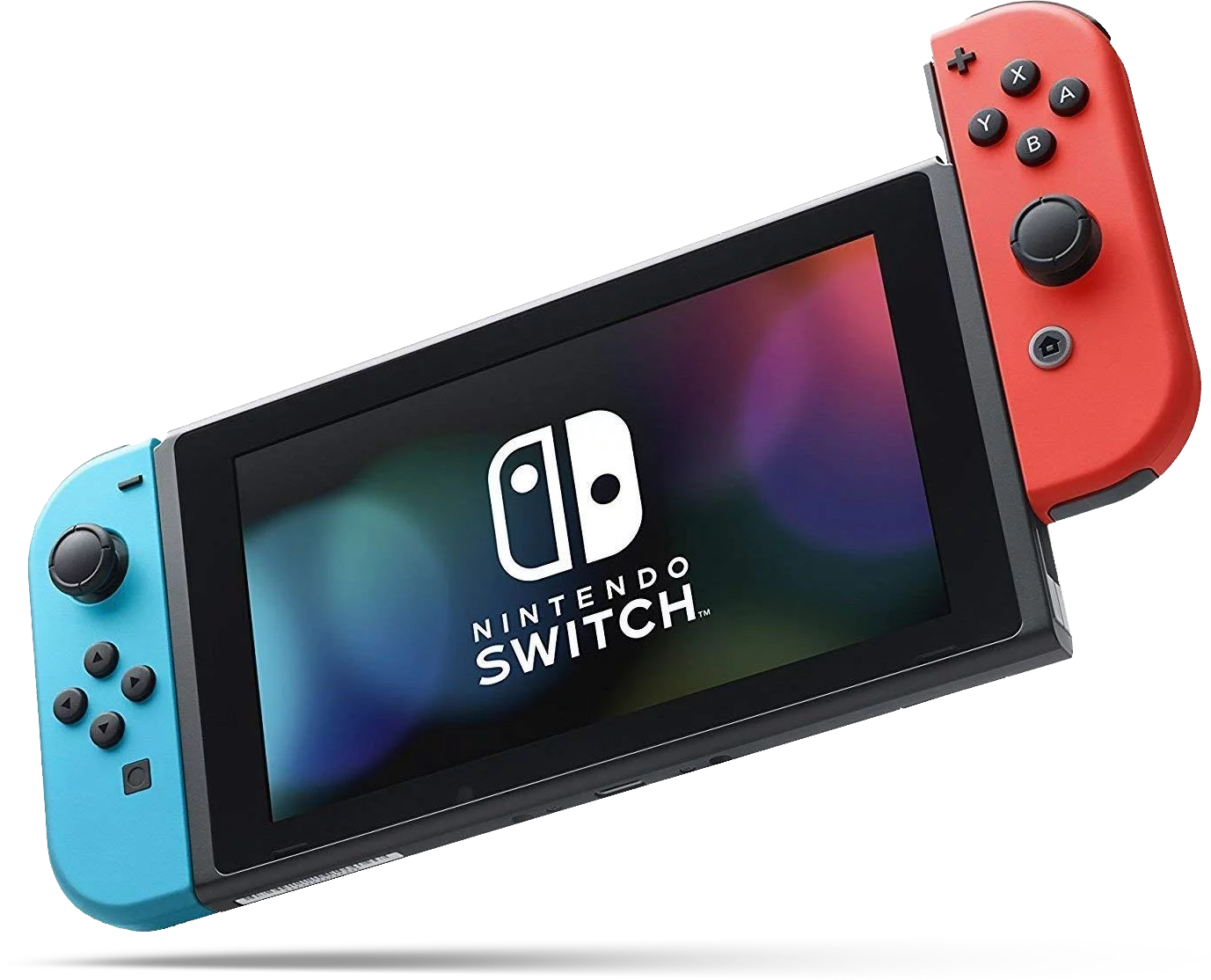Hey parents, you might want more than one Nintendo Switch
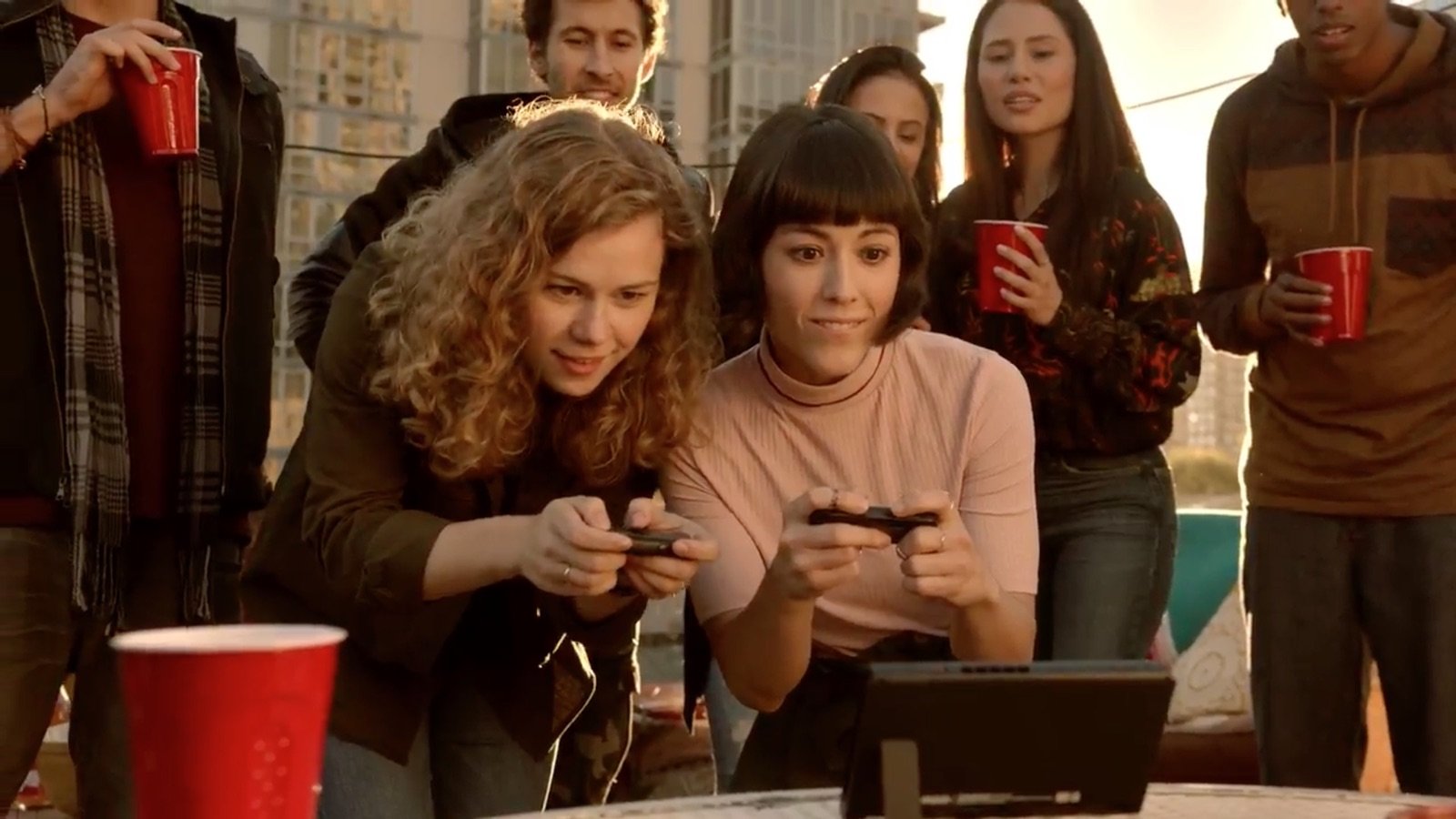
We're a Nintendo household. Our Wii U is currently being used for a complete play through of Mother 2 for the second time since it was made available in the Virtual Console. There are entire shelves dedicated to Amiibo — I even camped out for the giant yarn Yoshi — and it's not uncommon for Sunday mornings to turn into Mario Kart sessions that stretch well into the afternoon.
To say this family is excited about Nintendo Switch is an understatement, but in that excitement there's a concern about sharing this particular console among such a group. In fact, it's starting to look like we're going to want more than one Switch in the house.
The cost of portability
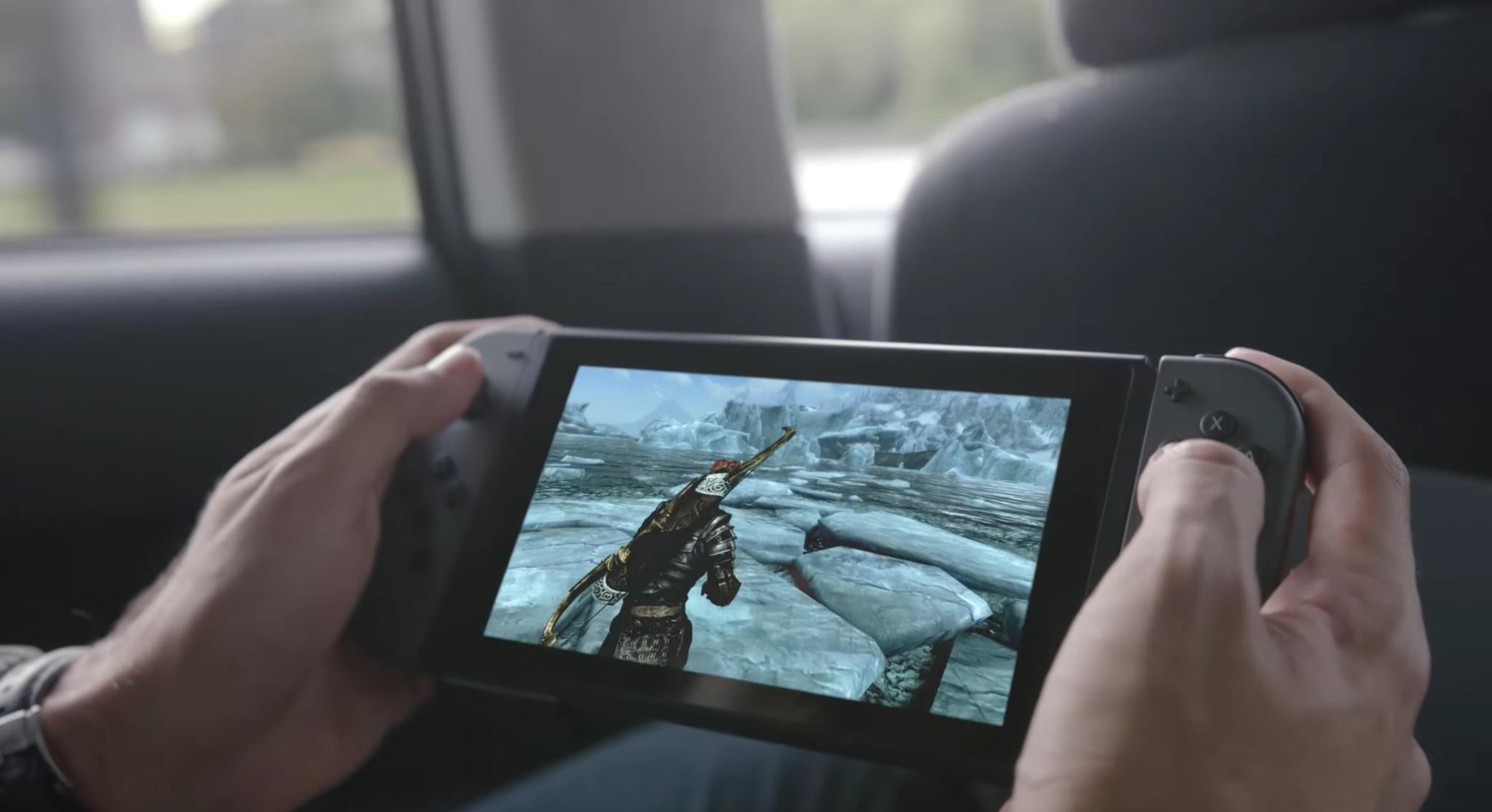
The big feature to Nintendo Switch is the ability to bring the entire console with you, by removing the tablet module from the dock and attaching the Joy-Con controller halves to either side. It's an incredible idea, and speaks directly to me as a father who is regularly waiting in the car as his children finish after-school programs.
That 10-15 minute wait sounds like a perfect window of opportunity to get in some Zelda time, and if I'm not the only one in the car, those controllers enable some fun two-player gameplay opportunities. I'm genuinely looking forward to the portability of this console, especially if it replaces my iPad mini as a portable entertainment machine.
This conflict doesn't exist with "traditional" consoles, largely because there's always been a dividing line between portable and living room gadgets.
Of course, when I have Switch with me in the car that means no one can play Switch at home. The dock connected to the television does absolutely nothing without the tablet in it, and the Pro Controller next to it is equally pointless until Switch returns home. Most days this probably won't be a huge problem for my family, but on weekends when I'm rushing between flute lessons and dance practice, no one at home can enjoy this console.
This conflict doesn't exist with "traditional" consoles, largely because there's always been a dividing line between portable and living room gadgets. The tablet, the phone, even Nintendo's 3DS are considered personal, portable gadgets absent the social understanding of sharing. Switch exists somewhere in the middle, and that means either new house rules need to be put in place for this console or our house will need more than one.
Limited multiplayer gaming
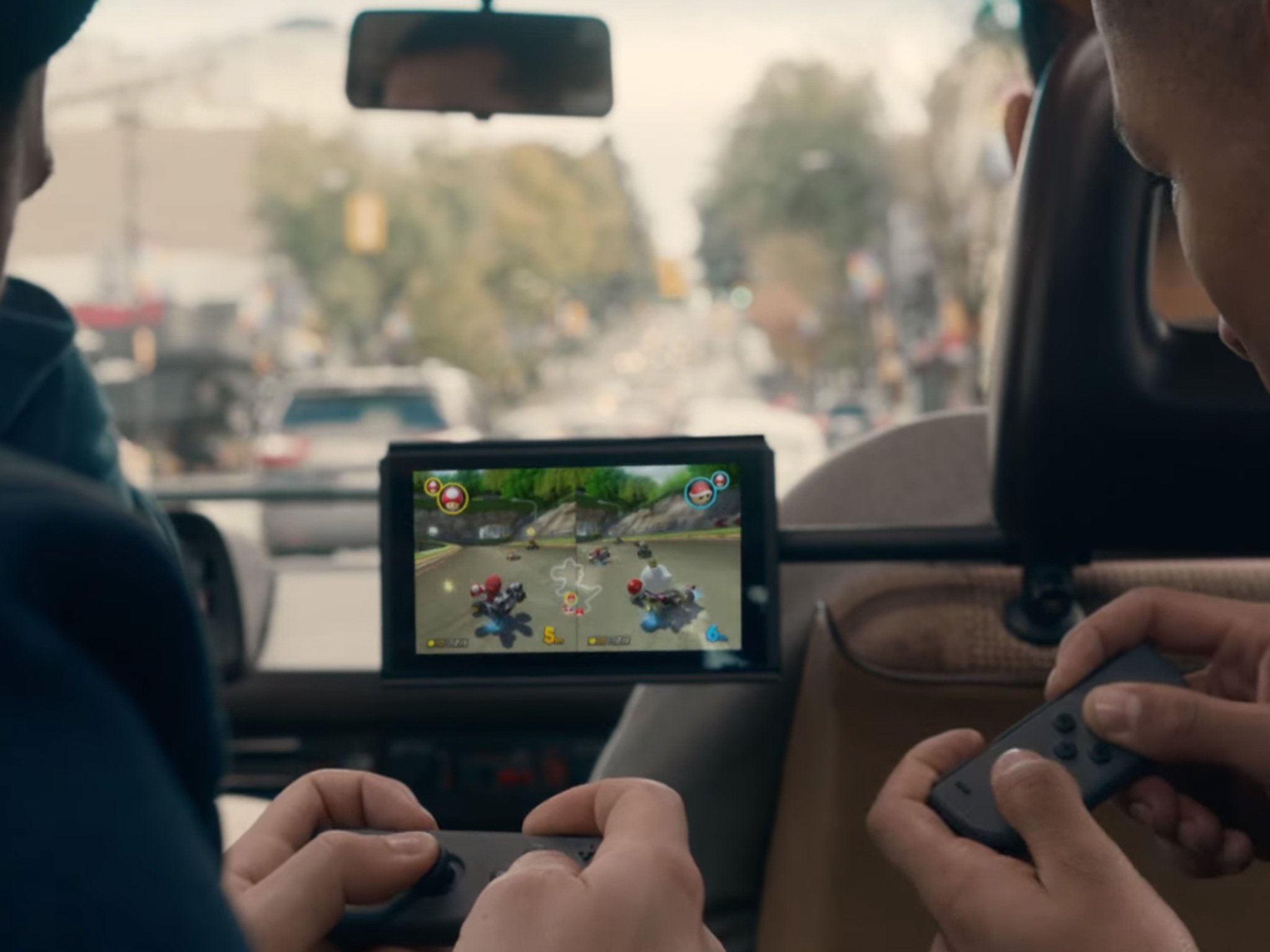
Nintendo's design for switch regarding multiplayer gaming reveals a secondary reason to consider adding a second Switch to the house at some point. Many of the multiplayer experiences shown off so far for Switch are either two player with the Joy-Con split, or local multiplayer where everyone has their own Switch. The size of the screen makes it difficult to have four-way multiplayer when not connected to the television, so it makes sense that Nintendo wouldn't want to show off experiences right now that reveal limitations in the portable experience. In a house with four children eager to play together, that presents a curious problem you don't normally have with consoles.
Master your iPhone in minutes
iMore offers spot-on advice and guidance from our team of experts, with decades of Apple device experience to lean on. Learn more with iMore!
The natural consequence of this setup, of course, is that the family is likely not in the same room while playing.
In the past, Nintendo has offered an elegant solution to multiplayer where not everyone is connected to the exact same setup. On both the Gamecube and the Wii U, games existed that connected Nintendo's current portable console as a separate controller. Most recently, Super Smash Bros could be played through the Wii U on your 3DS, allowing you to import characters and unifying the two experiences. Nintendo hasn't announced any plans to do this with any Switch titles yet, but the precedent exists and Nintendo is clearly aware that people will be playing with others while portable.
The other solution, obviously, is to have a second Switch. The secondary unit means more than two people can play while away from the dock, and at home means no more four-player split screen. That last part is likely going to be be the more important feature when games like Splatoon 2 are available for Switch after launch. The natural consequence of this setup, of course, is that the family is likely not in the same room while playing.
The Multi-Switch setup
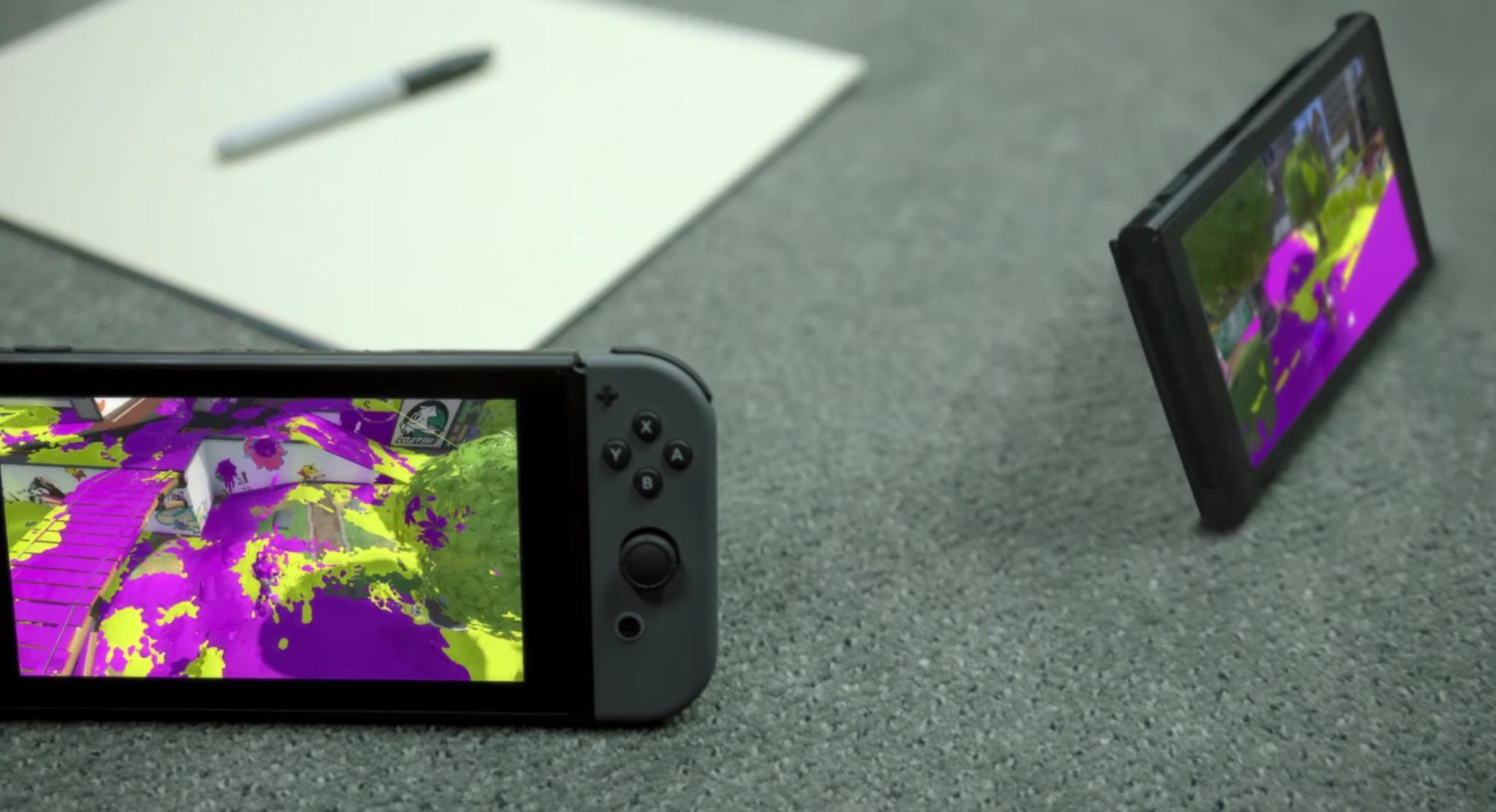
This clearly isn't an option for everyone. At $100 more than the cost of a new Nintendo 3DS, buying multiple Switch consoles gets expensive fast. That cost doesn't end at the hardware, either. In order to enjoy multiplayer in the setup described above, you're buying two copies of games that will cost on average $60 each.
At the same time, this isn't entirely unheard of with gamer families. Owning multiple Xbox or PS4 consoles in the same house isn't exactly common, but it does happen and for a lot of the same reasons described above. Are you looking at a second Switch for your house? Let us know in the comments!
Russell is a Contributing Editor at iMore. He's a passionate futurist whose trusty iPad mini is never far from reach. You can usually find him chasing the next tech trend, much to the pain of his wallet. Reach out on Twitter!
